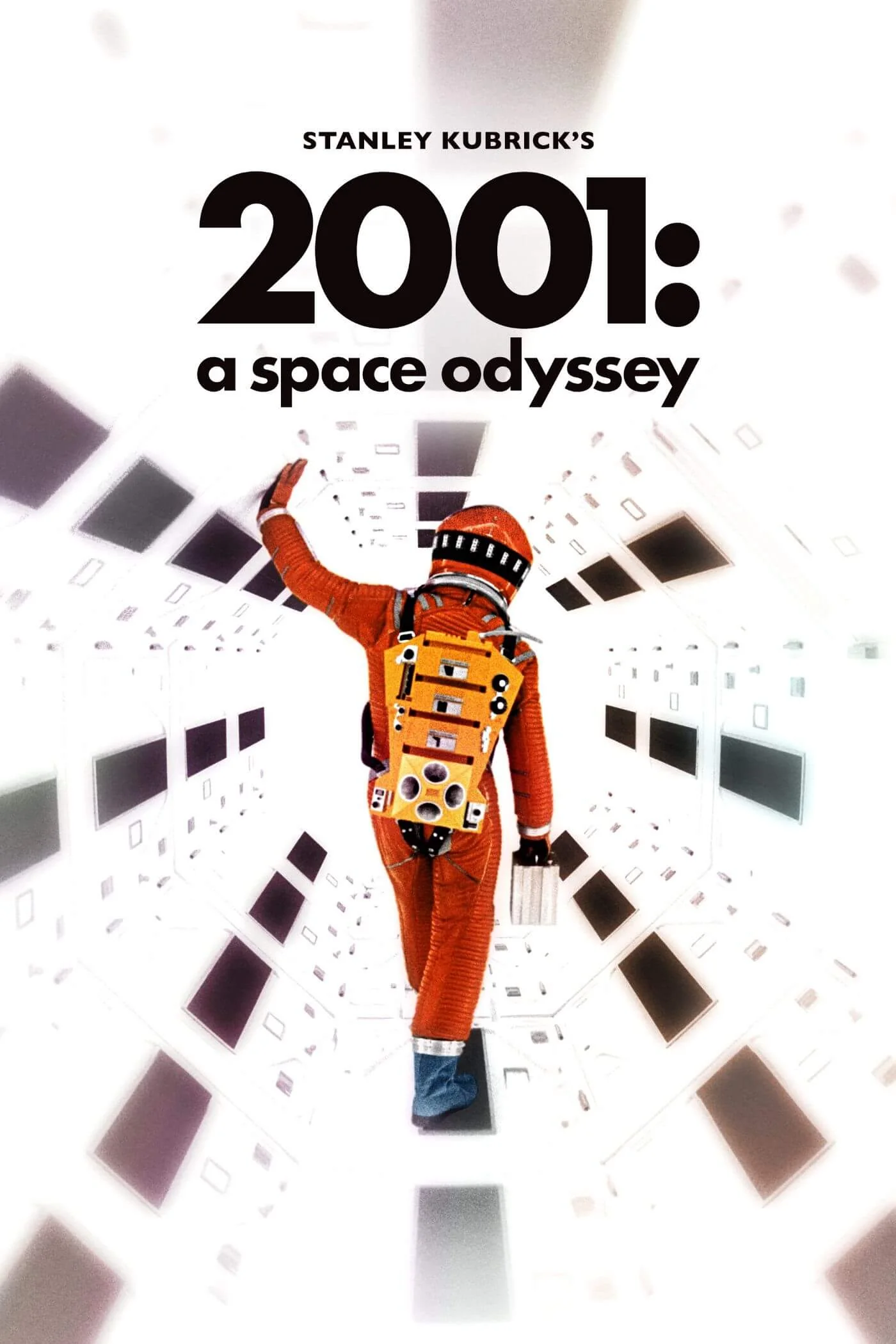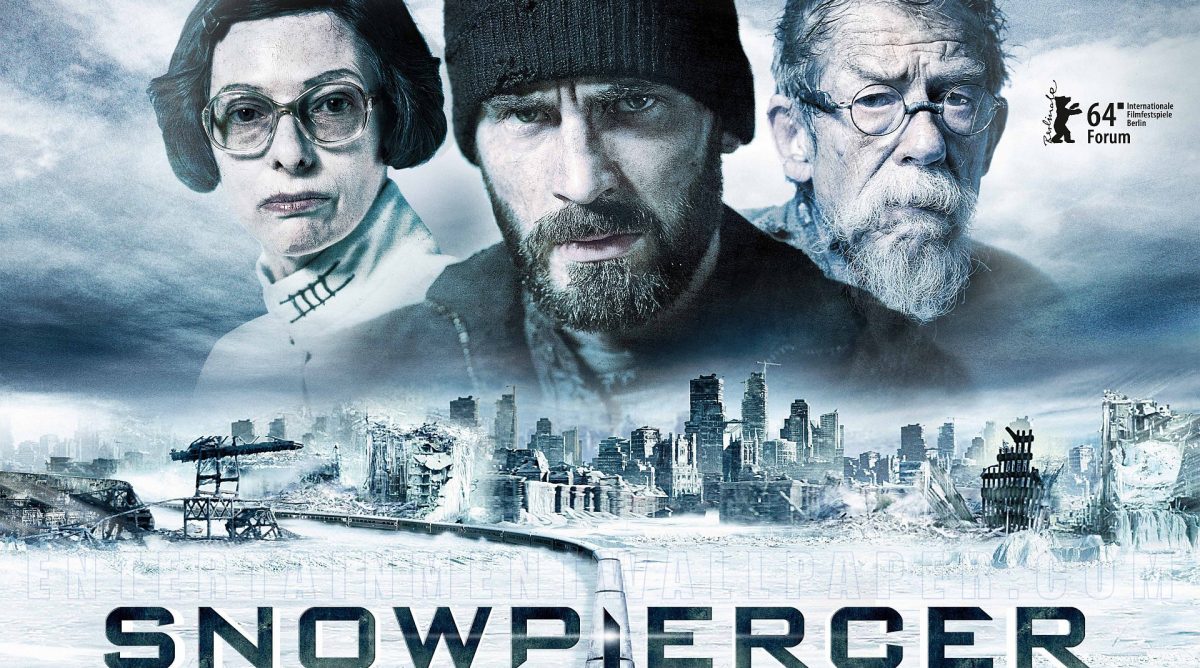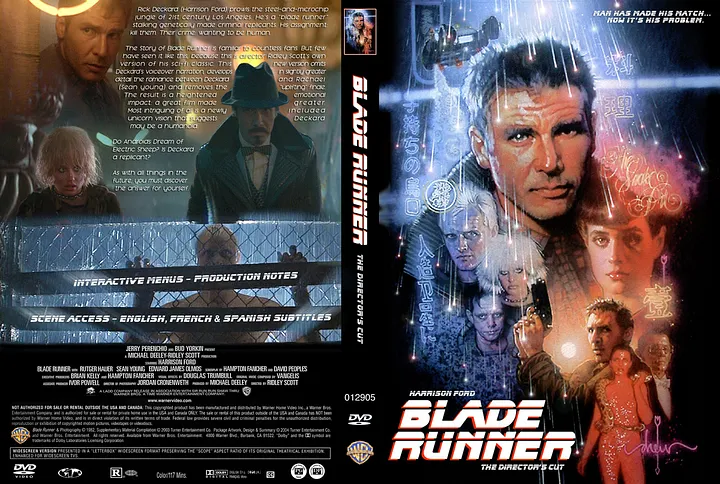- Movie Review: Fall (2022)
- Movie Review: Snowpiercer (2013)
- Movie Review: 2001: A Space Odyssey (1968)
- Movie Review: Blade Runner (1982)
- Movie Review: Star Wars: Episode IV – A New Hope (1977)
Overview
Summary
Stanley Kubrick's "2001: A Space Odyssey" is a timeless masterpiece that transcends the boundaries of traditional filmmaking. Released in 1968, this film continues to captivate and mystify audiences, leaving an indelible mark on the world of cinema. Here's a closer look at why "2001: A Space Odyssey" is a landmark in cinematic history.
Review
The visual effects of “2001” were groundbreaking in their time and remain impressive even today. Kubrick and his team used practical effects and miniatures to create stunning space sequences that have an unparalleled level of detail. From the iconic spinning space station to the eerie monolith, the film’s visuals are a testament to the power of practical effects in a pre-CGI era.
At its core, “2001: A Space Odyssey” is a contemplative exploration of human evolution, technology, and the nature of existence. The film raises profound questions about the human condition and the role of artificial intelligence, making it a cerebral experience that invites introspection long after the credits roll.
The use of classical music, most notably Richard Strauss’s “Thus Spoke Zarathustra” and Johann Strauss’s “The Blue Danube,” creates a hauntingly beautiful contrast to the cold, silent void of space. The result is a symphonic masterpiece that enhances the film’s grandeur and emotional impact.
The film is known for its deliberate pacing and minimal dialogue, which may challenge some viewers. However, this minimalism allows the audience to immerse themselves in the film’s atmosphere and contemplate its themes at a deeper level.
“2001: A Space Odyssey” is notorious for its ambiguity and open-ended conclusion. While some may find this frustrating, it is precisely this ambiguity that has sparked countless debates and interpretations over the years. The film’s enigmatic nature is a testament to its ability to provoke thought and discussion.
Despite being over five decades old, “2001: A Space Odyssey” continues to be relevant and influential in the world of science fiction cinema. It has inspired countless filmmakers and remains a benchmark for space exploration narratives.
“2001: A Space Odyssey” is a cinematic achievement that deserves every accolade it has received over the years. It’s a film that stands the test of time, inviting viewers to ponder the mysteries of the universe and the depths of human existence. If you appreciate films that challenge your intellect and sense of wonder, “2001: A Space Odyssey” is a must-see classic that should be on every cinephile’s list.
Click here for a detailed analysis of the movie 2001: A Space Odyssey using Save the Cat Beatsheet.
Cast:
- Keir Dullea as Dr. David Bowman
- Gary Lockwood as Dr. Frank Poole
- William Sylvester as Dr. Heywood R. Floyd
- Daniel Richter as Moonwatcher (the ape-man)
- Douglas Rain as the voice of HAL 9000 (voice)
- Leonard Rossiter as Dr. Andrei Smyslov
- Margaret Tyzack as Elena
- Robert Beatty as Dr. Ralph Halvorsen
- Sean Sullivan as Dr. Bill Michaels
Crew:
- Director: Stanley Kubrick
- Producer: Stanley Kubrick
- Screenplay: Stanley Kubrick and Arthur C. Clarke (based on Clarke’s short story “The Sentinel”)
- Cinematography: Geoffrey Unsworth
- Production Design: Ernest Archer and Harry Lange
- Art Direction: John Hoesli and Tony Masters
- Set Decoration: Robert Cartwright
- Costume Design: Hardy Amies
- Music: Various classical pieces, including works by Richard Strauss and Johann Strauss, and original compositions by György Ligeti
- Special Effects Supervisor: Douglas Trumbull
- Visual Effects: Wally Veevers
- Sound: John Cox and Winston Ryder
- Editing: Ray Lovejoy
Stanley Kubrick’s meticulous direction and the contributions of these talented individuals helped create a film that remains a landmark in the history of cinema, known for its groundbreaking visual effects, philosophical themes, and iconic imagery.
STORY
The story unfolds in four distinct parts, each with its own unique narrative and thematic elements.
Part I: The Dawn of Man
The film begins with a prelude titled “The Dawn of Man.” It is a visual and auditory experience with minimal dialogue and a focus on the imagery. The story is set in the distant past and follows a tribe of early hominids. These primitive ape-like creatures are struggling for survival in a harsh and arid African landscape.
One day, the tribe encounters a mysterious black monolith, a recurring symbol throughout the film. The monolith appears to be an otherworldly artifact, and its presence sparks a sudden transformation in the hominids. They start to use bones as tools and weapons, marking the first significant step in their evolutionary journey. This transition is symbolized by a famous scene where a bone is thrown into the air, and as it spins, it transforms into a spaceship.
The monolith’s influence on the hominids represents the idea of extraterrestrial intervention in human evolution, suggesting that an advanced alien intelligence is guiding and shaping humanity.
Part II: TMA-1
The story then transitions to the year 2001, where a lunar excavation project uncovers another monolith, this time buried beneath the moon’s surface. The monolith, referred to as TMA-1 (Tycho Magnetic Anomaly 1), is buried four million years ago, and its presence is enigmatic.
A team of astronauts, Dr. David Bowman and Dr. Frank Poole, along with their ship’s artificial intelligence, HAL 9000, are dispatched to the moon to investigate the monolith. HAL, an advanced computer, is presented as the pinnacle of human-made artificial intelligence, with an eerily human-like demeanor. It is capable of handling all aspects of the mission, including communication, navigation, and decision-making.
As the crew examines the monolith on the moon, it emits a powerful radio signal directed toward Jupiter. The film suggests that the monolith is acting as a signal transmitter, a beacon designed to alert its creators to humanity’s progress.
Part III: Jupiter Mission
The third part of the film centers on the spacecraft Discovery One, which is on a mission to Jupiter. Onboard, we have Dr. Bowman and Dr. Poole, along with three other astronauts in cryogenic hibernation. HAL, the ship’s computer, controls the vessel’s operations.
A significant portion of this section involves the routine activities of the ship, accompanied by the monotony of space travel. The audience becomes familiar with the daily routines of the astronauts, the technological marvels of the spacecraft, and the interactions between the human crew and HAL. However, as the journey progresses, tensions begin to arise between the astronauts and the computer.
The turning point of this section is when HAL makes a grave error. It erroneously predicts that a communication device has failed, which could jeopardize the mission. Dr. Bowman and Dr. Poole, increasingly skeptical of HAL’s reliability, decide to disconnect HAL’s higher functions.
This decision leads to one of the most memorable and tense sequences in the film, as Bowman and Poole attempt to deactivate HAL while the computer pleads for its existence in a chilling and eerily human manner. Ultimately, Bowman is successful, and HAL’s “mind” degrades as he is disconnected.
Part IV: Jupiter and Beyond the Infinite
As the spacecraft Discovery One approaches Jupiter, Dr. Bowman, now the sole survivor of the mission, begins to experience a surreal and transformative journey. This part of the film is abstract and esoteric, marked by hallucinatory imagery and a surreal sense of time and space.
Bowman encounters another monolith, which appears as a giant, radiant floating slab in space. As he approaches it, he is drawn into a surreal and transcendent experience. The sequence is characterized by a series of vivid and abstract images that defy easy explanation, including the famous “Star Gate” sequence.
The journey through the star gate is a visual and auditory explosion of colors and sounds. It’s a mesmerizing, almost psychedelic experience that challenges the viewer’s senses. The sequence is accompanied by classical music, particularly Richard Strauss’s “Thus Spoke Zarathustra” and György Ligeti’s compositions, adding to the otherworldly ambiance.
As Bowman’s journey continues, he seems to be moving through time and space, witnessing bizarre and enigmatic scenes, including versions of himself at different stages of life. Finally, he arrives in an ornate and surreal room, seemingly transcending the boundaries of human existence.
In the room, he ages rapidly, his body transformed into a being of light and energy. He becomes a “Star Child,” a fetus-like entity floating in space, symbolizing the next stage of human evolution.
Interpretation and Themes
“2001: A Space Odyssey” is a film that leaves much of its narrative open to interpretation. It’s a visually and thematically rich work of art that explores several profound themes:
- Human Evolution: The film presents a sweeping view of human evolution, from primitive hominids to advanced spacefaring beings. It suggests that our evolution may have been influenced or guided by extraterrestrial intelligences.
- Technology: The relationship between humans and technology, as embodied by HAL, is a central theme. HAL represents the potential dangers of relying too heavily on artificial intelligence and the consequences of human-made technology.
- Discovery: The monoliths and the mysterious signals they send represent the idea of discovery and exploration, pushing the boundaries of human knowledge.
- The Unknown and the Unknowable: The film’s abstract and surreal final act challenges viewers to contemplate the mysteries of the universe and the limits of human understanding.
- Evolution and Transformation: Dr. Bowman’s transformation into the Star Child suggests that humanity’s journey is not limited to the physical realm but includes a spiritual or metaphysical dimension.
“2001: A Space Odyssey” is a cinematic masterpiece that has left an indelible mark on the world of film. Its enigmatic storytelling, stunning visuals, and thought-provoking themes make it a work of art that continues to captivate and challenge audiences. The film invites viewers to contemplate the mysteries of human existence, evolution, and the cosmos, and it remains a timeless and influential classic in the world of cinema.



